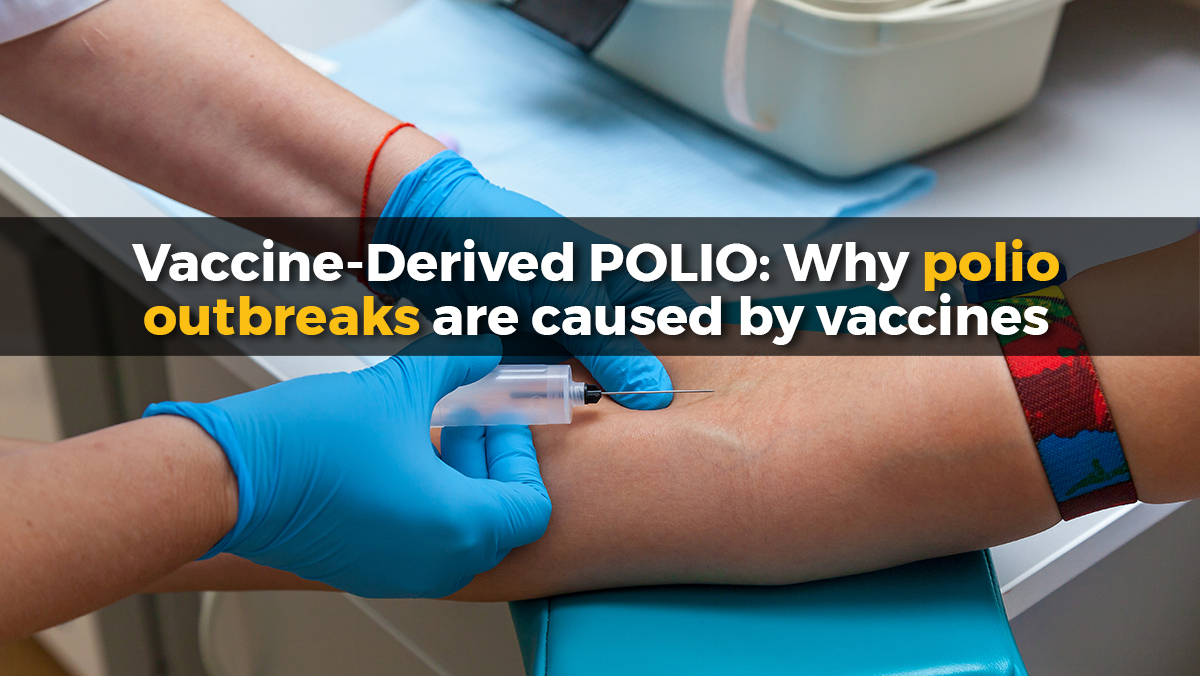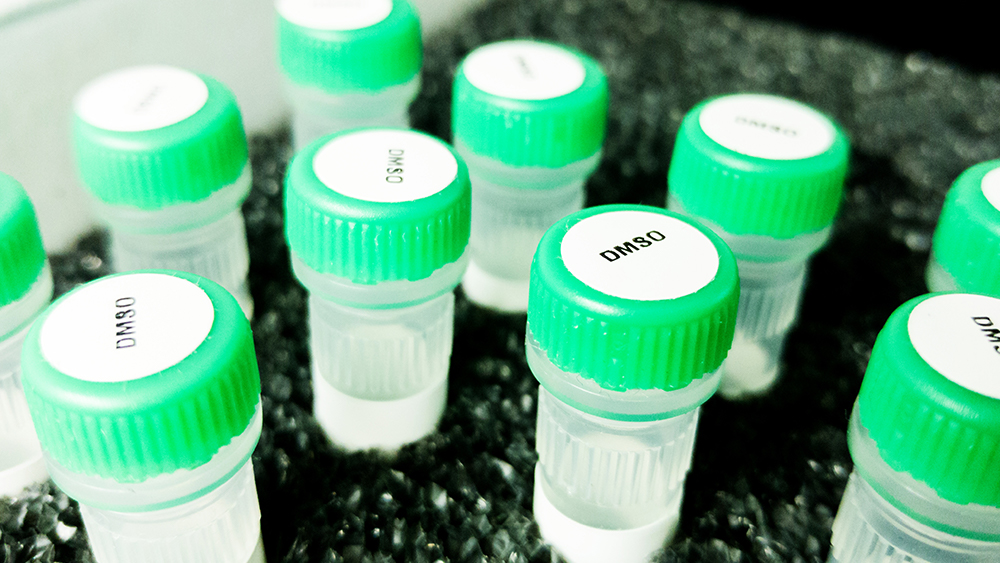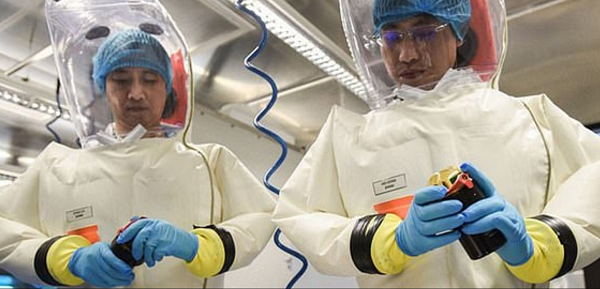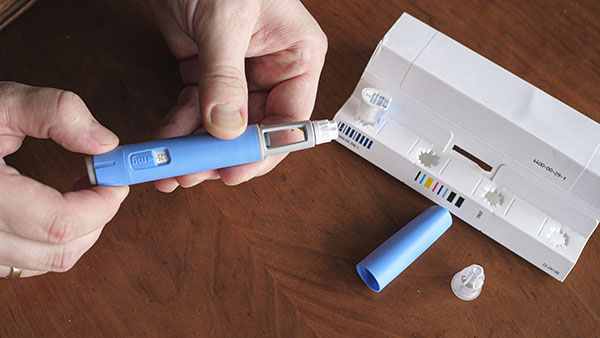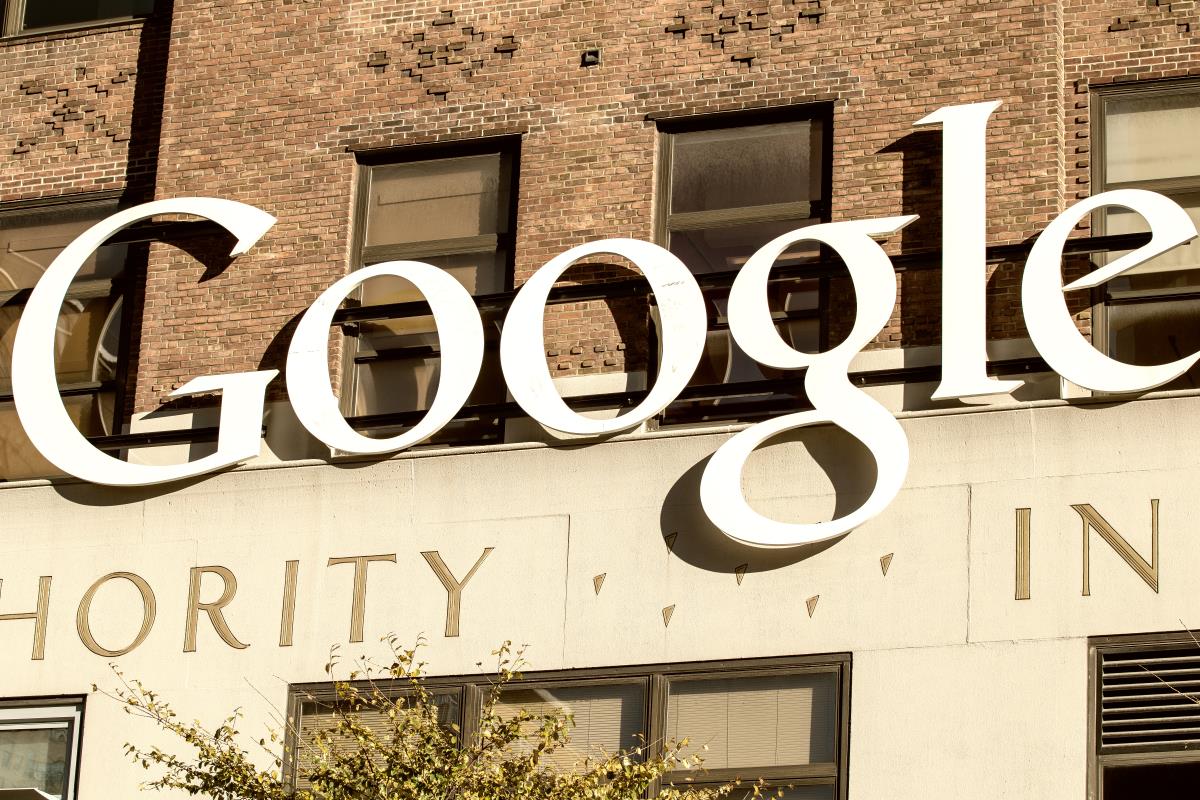HHS, NIH waste $500 million on failed universal vaccine scheme as respiratory viruses continue to mutate beyond vaccine efficacy
05/02/2025 / By Lance D Johnson

The U.S. government is doubling down on failed vaccine science, pouring half a billion taxpayer dollars into a futile quest for “universal” vaccines against influenza and coronaviruses. The Department of Health and Human Services (HHS) and National Institutes of Health (NIH) announced the “Generation Gold Standard” initiative, a repackaged version of Biden’s failed Project NextGen, which itself was a continuation of the disastrous Operation Warp Speed.
Despite decades of evidence showing that respiratory viruses mutate too quickly for vaccines to keep up, bureaucrats and captured scientists are pushing forward with beta-propiolactone (BPL)-inactivated whole-virus vaccines—a 70-year-old technology that has never delivered on the promise of universal protection.
Key Points:
- HHS and NIH invest $500 million in “Generation Gold Standard,” a revamped universal vaccine program using outdated BPL-inactivated virus technology.
- Experts warn the approach is scientifically flawed, as respiratory viruses mutate too rapidly for any vaccine to provide lasting immunity.
- Placebo-controlled trials may finally expose the risks of these vaccines, but taxpayer funds are being wasted on a doomed project.
- Independent scientists argue the program is another Big Pharma handout disguised as innovation, despite claims of government-led transparency.
A recycled failure, repackaged as innovation
The NIH’s Dr. Jay Bhattacharya called the program a “paradigm shift,” but independent scientists aren’t buying it. Dr. Meryl Nass, a longtime vaccine safety advocate, told The Defender: “This holy grail in vaccinology has been sought for decades, so far unsuccessfully. The press release fails to tell us how this method is suddenly going to produce the holy grail.”
BPL technology, while safer than mRNA, still carries risks. Epidemiologist Nicolas Hulscher of the McCullough Foundation cautioned: “Any injectable product delivering toxic antigens—even if inactivated—can still result in serious adverse events, especially if distributed at scale without rigorous long-term, double-blind, placebo-controlled trials.”
HHS claims all new vaccines will now undergo placebo-controlled testing—a tacit admission that previous COVID-19 vaccines were rushed without proper safety checks. But will this be enforced, or is it just another empty promise?
Key features of the BPL-inactivated whole-virus platform:
The beta-propiolactone (BPL)-inactivated, whole-virus platform is a vaccine production method that uses chemically inactivated whole viruses to induce an immune response. Here’s how it works and why it’s significant:
Whole-virus approach
- Unlike subunit vaccines (e.g., hepatitis B’s surface antigen), this method uses the entire virus, preserving all structural proteins (including those not present in subunit vaccines).
- This can lead to a broader immune response, as multiple viral antigens are presented to the immune system.
Inactivation with beta-propiolactone (BPL)
- BPL is a chemical agent that irreversibly damages viral genetic material (RNA/DNA), rendering the virus non-infectious while keeping its protein structure intact.
- Compared to other inactivating agents (e.g., formaldehyde), BPL is less likely to disrupt critical antigenic epitopes, ensuring better immune recognition.
Safety & efficacy
- Since the virus is fully inactivated, there is no risk of replication or infection (unlike live-attenuated vaccines).
- The preserved viral structure helps stimulate both antibody (humoral) and T-cell (cellular) immune responses, which can be crucial for long-term protection.
Examples of use
- Historically used in rabies vaccines (e.g., the original Salk rabies vaccine).
- Also employed in some COVID-19 vaccines (e.g., Sinopharm’s BBIBP-CorV) and influenza vaccines.
The real agenda: More funding for Big Pharma’s failing model
While HHS boasts that this is a “government-owned” project, the reality is that Big Pharma will still profit. The NIH has long been a revolving door for pharmaceutical executives, and the “public-private partnership” model ensures that taxpayer money ultimately flows to corporate interests.
Children’s Health Defense (CHD) CEO Mary Holland noted the irony: “It’s interesting that this doesn’t direct payments to Big Pharma, but the question is: Will the NIH resist industry pressure when these vaccines inevitably fail?”
The timeline is equally suspect:
- 2026: Clinical trials begin (conveniently after the next election).
- 2029: FDA “approval” target (assuming no more scandals emerge).
By then, the viruses will have mutated beyond recognition, rendering any “universal” vaccine obsolete.
A better solution: Natural immunity and microbiome health
The fundamental flaw in this approach is the ignorance of mucosal immunity—the body’s first line of defense in the respiratory tract. Vaccines injected into muscle tissue cannot replicate the full-spectrum immune response generated by natural infection.
Moreover, individual microbiomes play a critical role in immune function—a factor completely ignored by one-size-fits-all vaccine programs. Instead of wasting billions on doomed vaccine projects, why not invest in:
- Nutrition-based immunity, which improves human evolution to pathogens (vitamin D, zinc, vitamin C, quercetin).
- Making super foods and herbal medicines more accessible, more affordable, and normalized as medicine.
- Early treatment protocols uncensored, more readily available (ivermectin, hydroxychloroquine).
- Assisting in microbiome recovery (many Americans’ guts are decimated by antibiotics and have weak immune responses).
- Assisting in parasite cleanses.
- Removing impediments to immune function, whether that be endocrine disrupters, pesticides, herbicides, and heavy metal exposures.
- Public health education on detoxification and immune resilience using basic phytochemicals, whether in tea, tincture, or supplement and smoothie mixes and blends.
The U.S. government is repeating the same mistakes that led to the COVID-19 vaccine disaster—pumping money into a broken system while ignoring the science of natural immunity. Infectious diseases will never be eradicated, but the population can become healthier, with a broader approach to immune system health that evolves herd immunity of the population through healthy infection recovery and natural immunity.
Sources include:
Submit a correction >>
Tagged Under:
. vaccines, Big Pharma, BPL technology, coronavirus, corruption, Generation Gold Standard, government waste, HHS, immune system, influenza, medical fraud, medical freedom, MERS-CoV, microbiome, natural immunity, NIH, Operation Warp Speed, placebo trials, Project NextGen, Public Health, respiratory viruses, SARS-CoV-2, universal vaccines, vaccine failure, Vaccine injuries
This article may contain statements that reflect the opinion of the author

